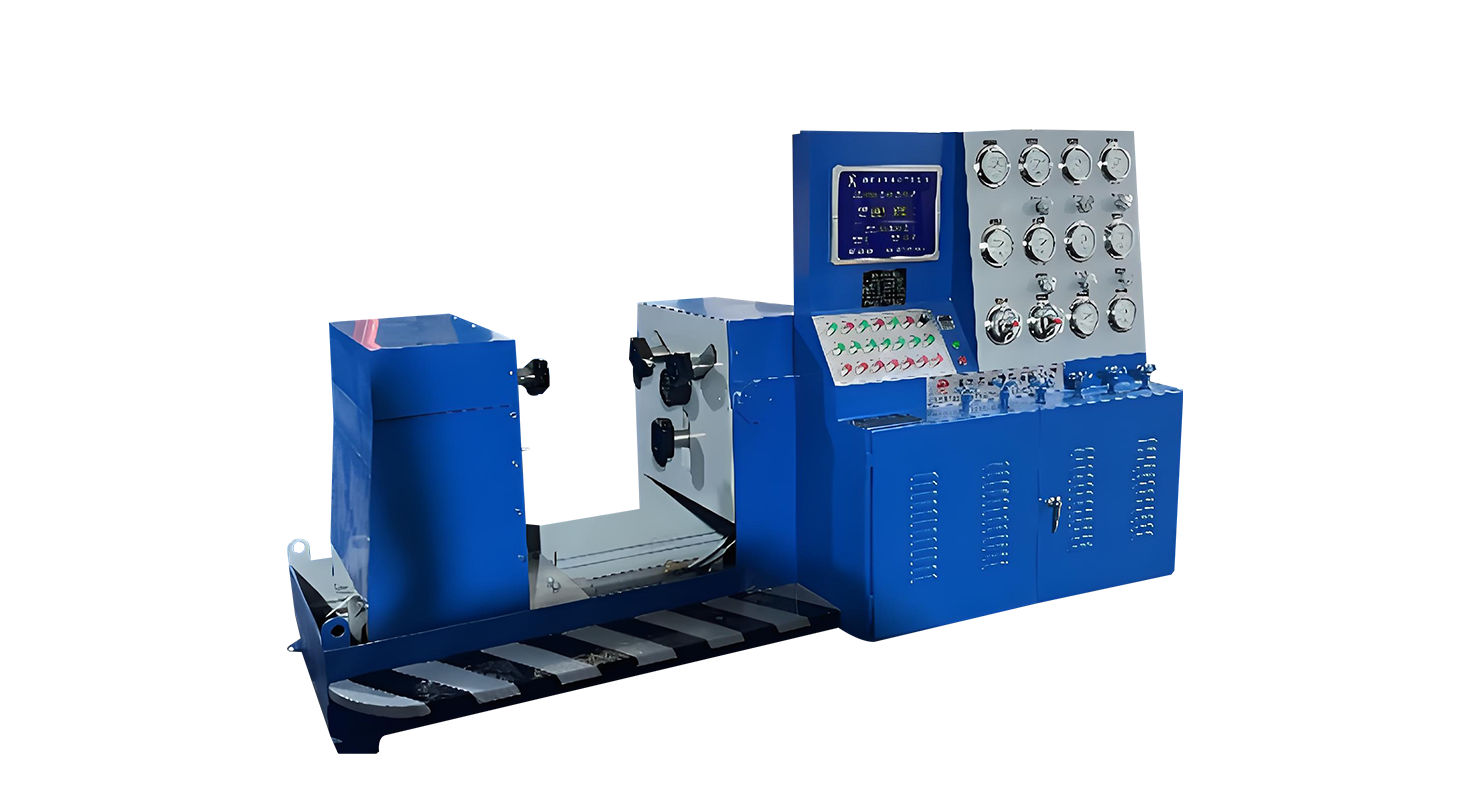Jun 25, 2025
Valve actuators play a critical role in controlling the movement and operation of valves in various industrial systems. Ensuring their reliable performance is essential for maintaining system efficiency and safety. This is where the Valve Functional Test Bench becomes an invaluable tool, providing a controlled environment to conduct thorough functional testing of valve actuators before they are deployed in the field. Additionally, certain applications require testing under bad conditions, for which a High-Pressure Valve Test Bench is used to simulate real-world pressure scenarios.

Understanding Valve Actuator Functional Testing
Functional testing of valve actuators involves verifying that the actuator correctly responds to control signals and operates the valve within specified parameters. This includes checking the actuator’s ability to open, close, and modulate valve positions smoothly and accurately. Functional testing ensures that the actuator can perform as expected under normal operating conditions, and it helps identify any mechanical or electrical faults early in the manufacturing or maintenance process.
A Valve Functional Test Bench is specifically designed for this purpose. It simulates real working conditions by providing interfaces to connect the actuator and valve assembly. The test bench allows operators to run a variety of tests, such as cycle testing, position accuracy, response time, and control signal feedback, under controlled conditions.
Features of a Valve Functional Test Bench
A typical valve functional test bench includes components that replicate the operational environment of valve actuators. These components may consist of controllers, sensors, and feedback devices integrated with software for monitoring and data collection. This setup facilitates detailed observation of actuator behavior during opening and closing cycles, torque requirements, and response to control inputs.
The test bench can accommodate different actuator types, including electric, pneumatic, and hydraulic actuators. It also supports testing of various valve types such as ball valves, butterfly valves, and globe valves. Functional testing on such a bench helps verify that the actuator responds correctly to command signals and that the valve operates smoothly without any unusual resistance or delay.
Importance of High-Pressure Testing
While functional testing validates the actuator’s operational performance, some applications demand testing under high-pressure conditions to ensure durability and safety. This is where the High-Pressure Valve Test Bench plays a vital role.
High-pressure testing involves subjecting the valve and actuator assembly to pressures that replicate or exceed the up to operating conditions of the system. This test is critical for valves used in industries such as oil and gas, chemical processing, and power generation, where equipment is routinely exposed to bad pressure.
The high-pressure test bench is designed to safely generate and maintain elevated pressure levels while monitoring the valve’s performance. It assesses the valve’s sealing capability, structural integrity, and the actuator’s ability to operate effectively under pressure. Leaks, pressure drops, or actuator failures identified during this testing can be addressed before installation, reducing the risk of costly failures in the field.
Combining Functional and High-Pressure Testing
For a comprehensive evaluation, many manufacturers combine both functional and high-pressure testing. Using a valve test bench that integrates both capabilities provides a streamlined testing process that saves time and resources. The actuator’s operational performance is assessed while the valve is under simulated system pressures, offering a realistic view of how the assembly will perform in service.
This integrated approach can detect issues such as pressure-induced delays in actuator response, mechanical binding under load, or seal failures. By identifying these problems early, manufacturers can make design adjustments or carry out repairs, enhancing the overall reliability of valve systems.
Benefits of Using Specialized Test Benches
Employing a Valve Functional Test Bench and a High-Pressure Valve Test Bench ensures that actuators and valves meet industry standards and customer specifications. These test benches provide repeatable, accurate testing conditions that reduce human error and improve quality control.
Additionally, the data collected during testing can be analyzed to improve product design and maintenance schedules. Tracking actuator performance over multiple test cycles helps predict service life and plan for preventive maintenance, less downtime.
Functional testing for valve actuators is an essential step in verifying their readiness for industrial applications. The use of a Valve Functional Test Bench provides controlled, precise testing conditions to ensure that actuators operate reliably. When combined with high-pressure simulations on a High-Pressure Valve Test Bench, this testing approach offers a thorough evaluation of valve assemblies under real-world conditions.
Together, these testing solutions contribute significantly to the safe and efficient operation of industrial valve systems, supporting long-term performance and system integrity.